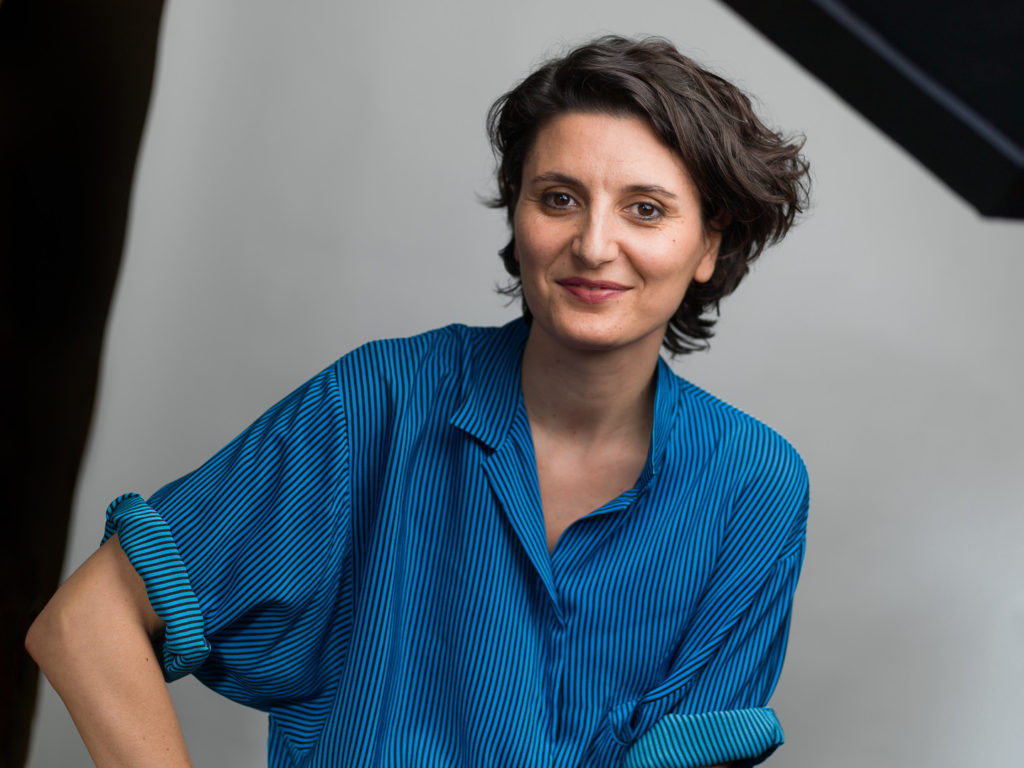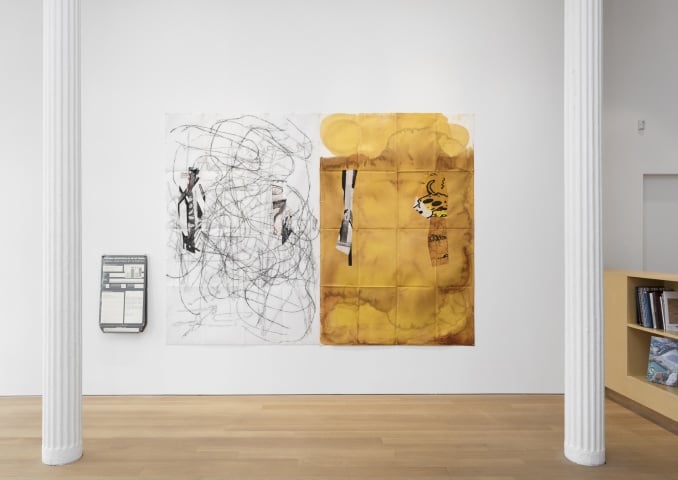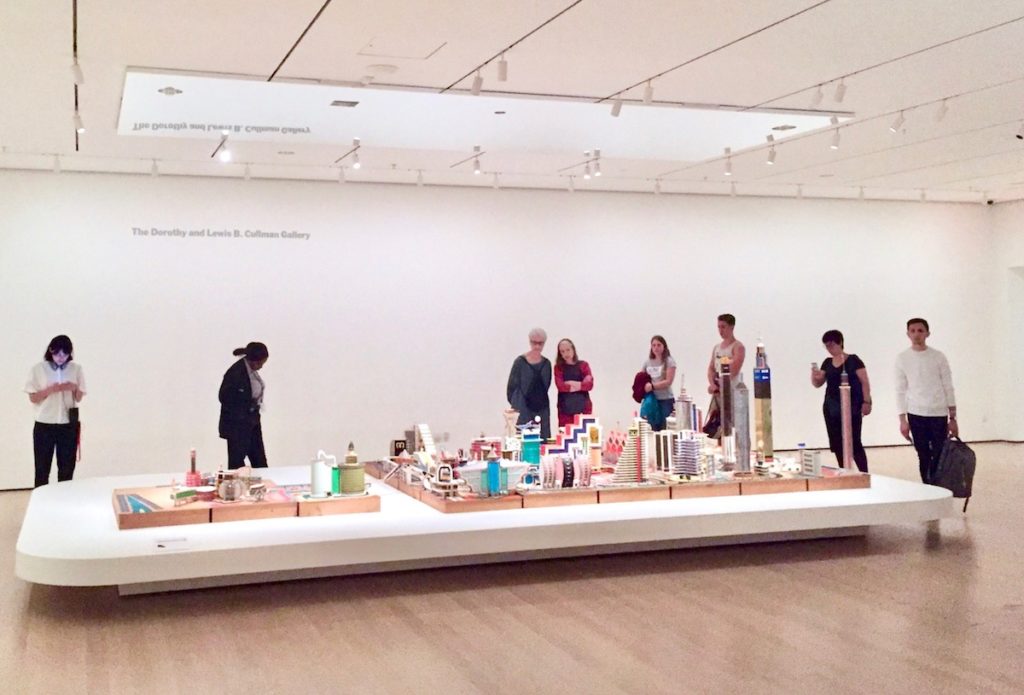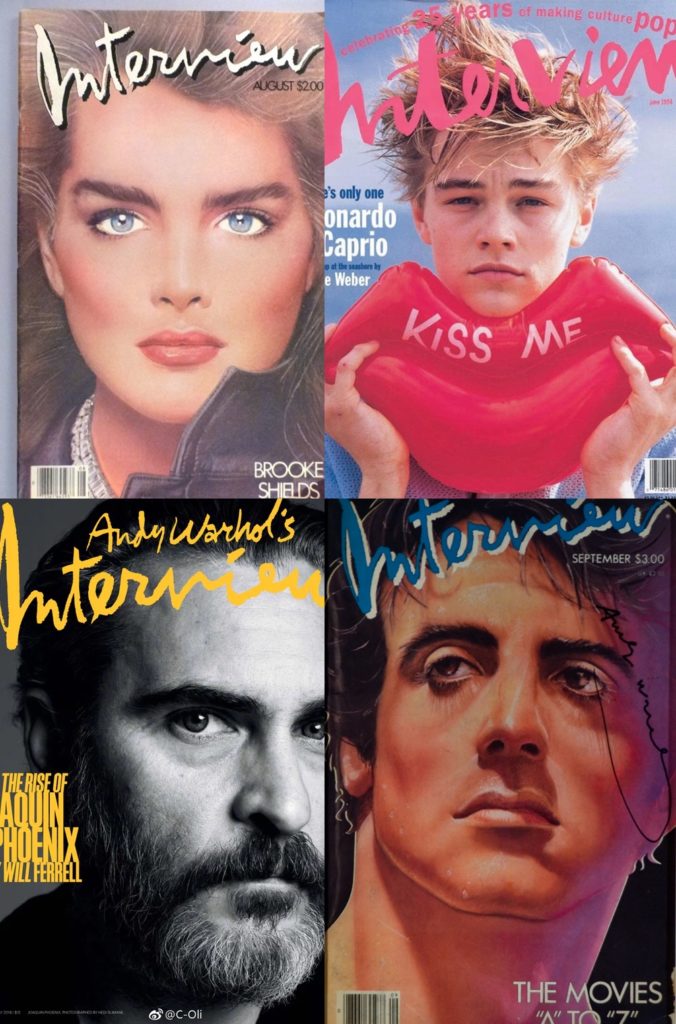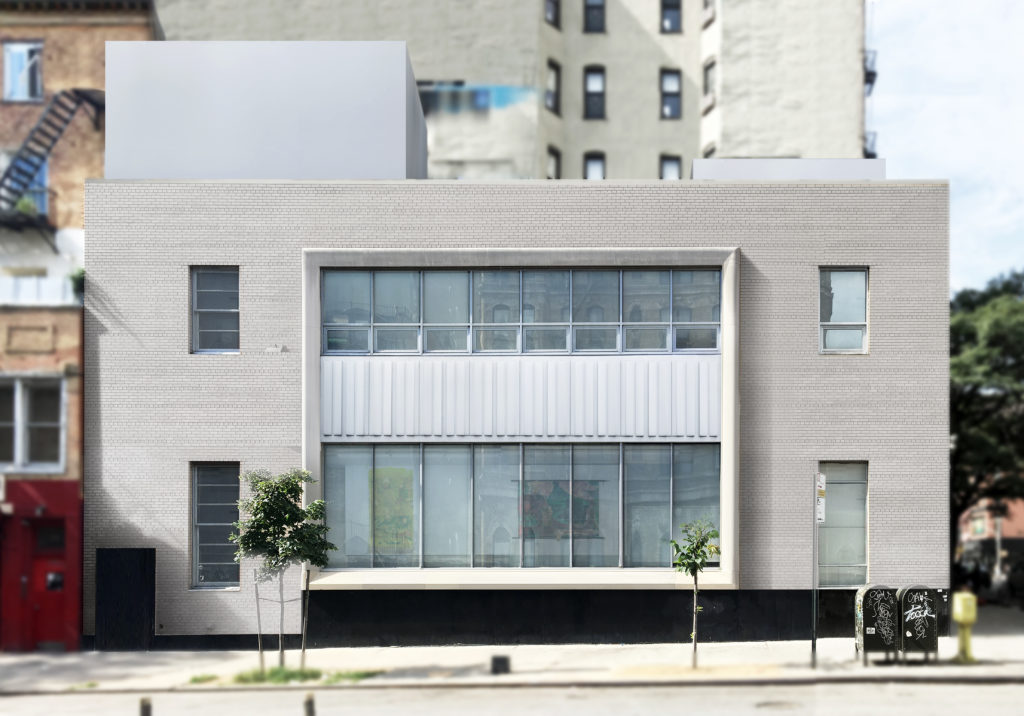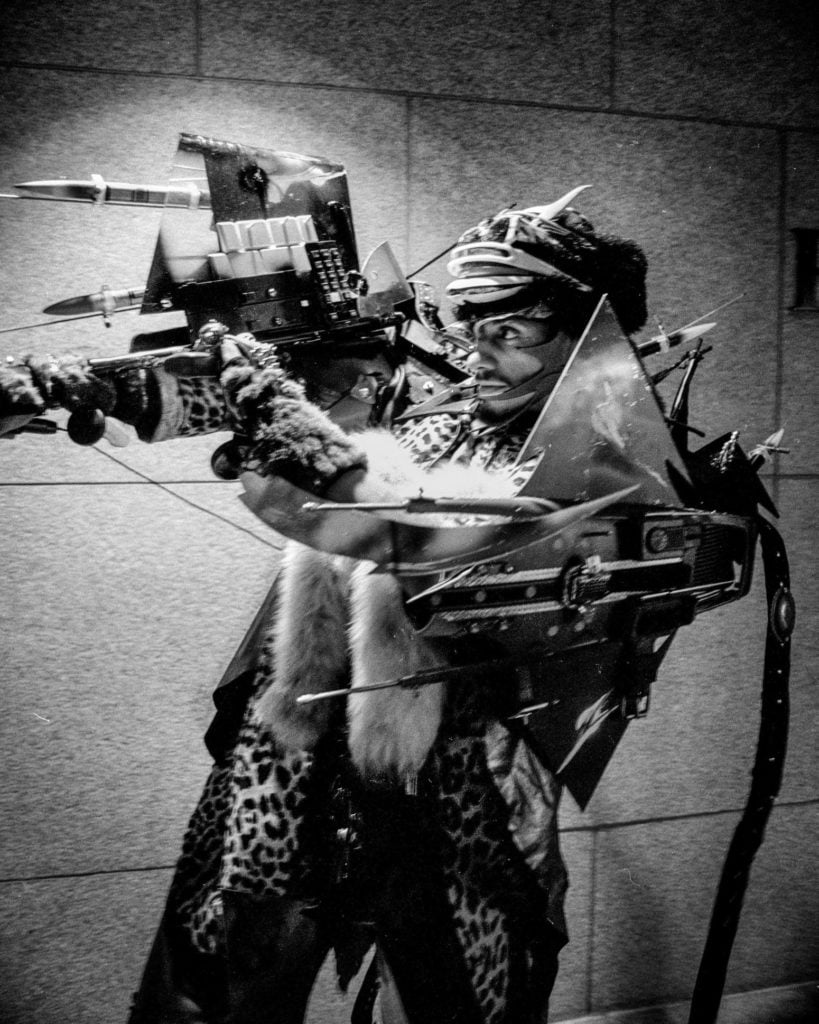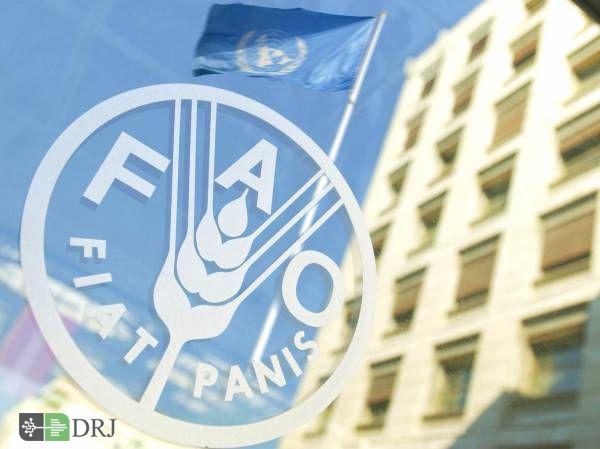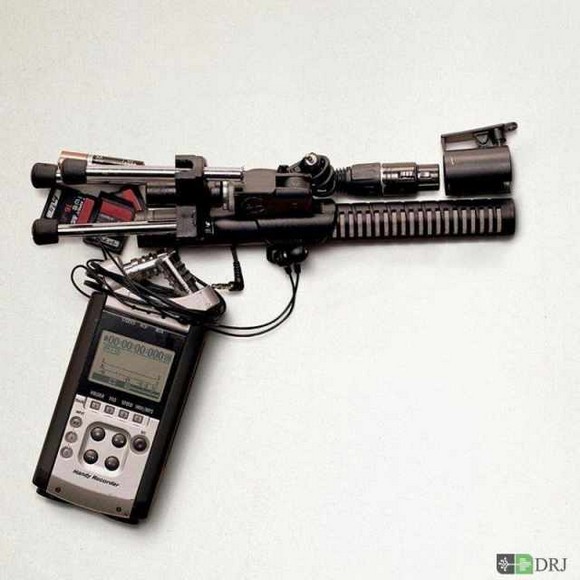The central Italian city of Prato is famous for its luxury textile industry, producing garments for labels like Gucci and Prada. But in recent years it has gained notoriety for a growing conflict between the city’s native Italians and the Chinese migrant workers who largely manufacture the high-end clothes. To help resolve these tensions, particularly in the culturally isolated industrial neighborhood of Macrolotto Zero, also known as Prato’s Chinatown, the city has come up with a creative solution: art.
“The city thinks that social art can be as effective as surveillance cameras,” Simone Mangani, the city’s councilor for culture, told artnet News. Rather than focus on security, “the most important thing to address is the huge cultural divide, the coexistence, and the distrust.”
Prato, which has been known for its textiles since the 12th century, is where the “Made In Italy” label receives its cachet. But the fabric of the industry shifted in the postwar period, amid the mounting pressures of globalization and the influx of Chinese migrants, who, since the 1980s, have transformed the city’s dying luxury textile industry into a hub for fast fashion.
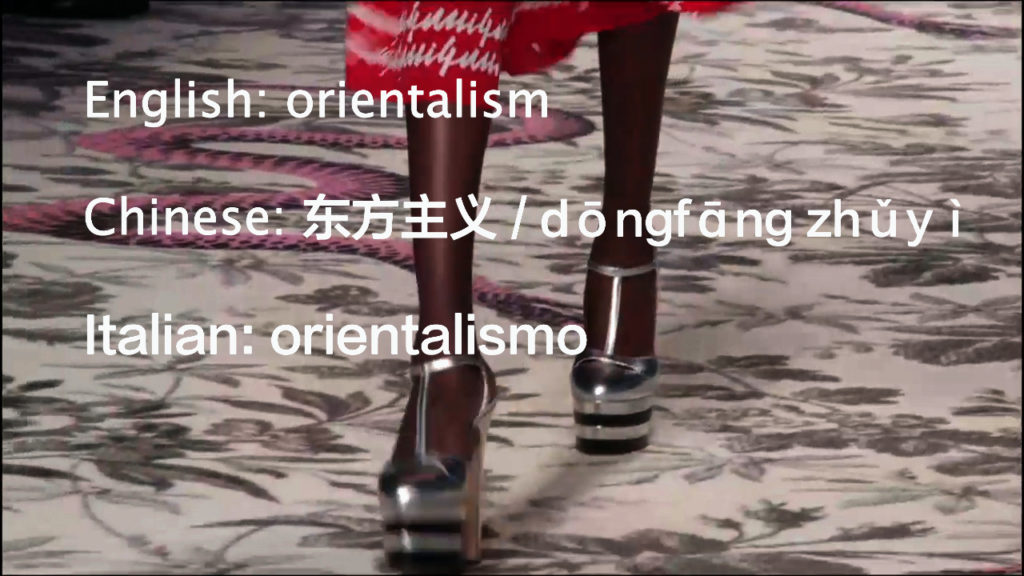 http://news.artnet.com/app/news-upload/2018/06/snakehead12-300x169.jpg 300w, http://news.artnet.com/app/news-upload/2018/06/snakehead12-50x28.jpg 50w, http://news.artnet.com/app/news-upload/2018/06/snakehead12.jpg 1280w" sizes="(max-width: 1024px) 100vw, 1024px">
http://news.artnet.com/app/news-upload/2018/06/snakehead12-300x169.jpg 300w, http://news.artnet.com/app/news-upload/2018/06/snakehead12-50x28.jpg 50w, http://news.artnet.com/app/news-upload/2018/06/snakehead12.jpg 1280w" sizes="(max-width: 1024px) 100vw, 1024px">A still from Rainer Ganahl’s video about the Italian-Chinese fashion industry, Snakehead (2018). Courtesy of the artist.
Today, Macrolotto Zero is home to around 4,500 Chinese companies that import cheap materials from China to be assembled and sold across Europe. Many of these businesses operate under the radar, supported by laborers working long hours for little pay in Dickensian conditions (at least seven people died in a factory fire in one such business, Teresa Moda, in 2013). Although some migrants have traveled to Italy legally, many others were smuggled into the country by so-called “snakeheads” and the city has become infamous for its gang activity. (Police consider Prato the home of the Chinese-Italian mafia.)
Tensions between Prato’s Chinese community, which is now the second-largest in Europe, and the city’s native Italian population are rapidly worsening, particularly as Italy’s far-right Lega Nord party gains ground and spreads its anti-immigrant rhetoric. As a result, Prato’s left-centrist government, with funding from the Tuscany Region, has made Macrolotto Zero the focus of an €8 million ($9.3 million) redevelopment project aimed at making the area “more livable, more attractive, [and] more socially and economically lively,” according to a mission statement on the city’s website.
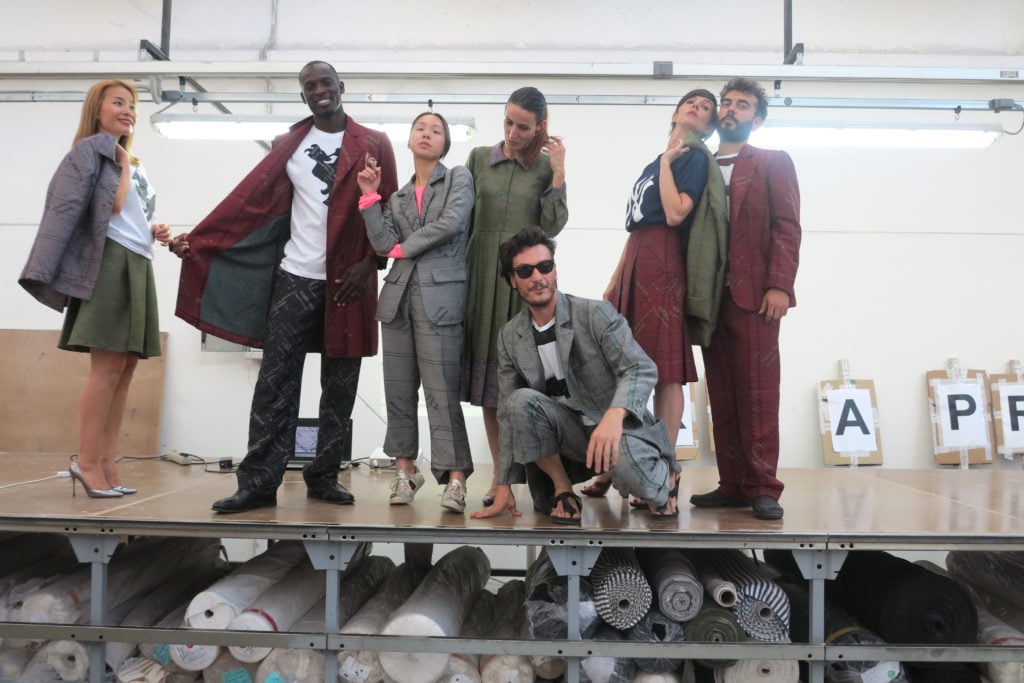 http://news.artnet.com/app/news-upload/2018/06/fabrica_6542-300x200.jpg 300w, http://news.artnet.com/app/news-upload/2018/06/fabrica_6542-50x33.jpg 50w" sizes="(max-width: 1024px) 100vw, 1024px">
http://news.artnet.com/app/news-upload/2018/06/fabrica_6542-300x200.jpg 300w, http://news.artnet.com/app/news-upload/2018/06/fabrica_6542-50x33.jpg 50w" sizes="(max-width: 1024px) 100vw, 1024px">Models in Rainer Ganahl’s fashion show Please, Teach Me Chinese, Please, Teach Me Italian. Marx a Prato, Gucci a Prato, which will be staged on June 21 in Prato.
Between 2019 and 2022 the city hopes to build infrastructure for public services and spaces that will facilitate socialization. In the meantime, it is hoping that art can help bring the community together. As part of that plan, the city’s Luigi Pecci Center for Contemporary Art, which turns 30 this year, has invited artists to engage with the sociocultural issues specific to Prato. The artist Rainer Ganahl, who was born in Austria near the Italian border and now lives in New York, is addressing some of the neighborhood’s problems with an ambitious project that involves a fashion show tomorrow, June 22, which will later be made into a film.
Since the 1990s, Ganahl’s artistic practice has involved learning languages—so far he’s mastered nine and is currently studying Chinese. He’s also previously designed artistic fashion lines, including “Comme des Marxists,” which debuted in New York at White Columns in 2013. Fittingly for Prato, Ganahl plans to unveil a new clothing line that has a logo with poetic invitations to “Please, teach me Chinese” and “Please, teach me Italian” in several different languages.
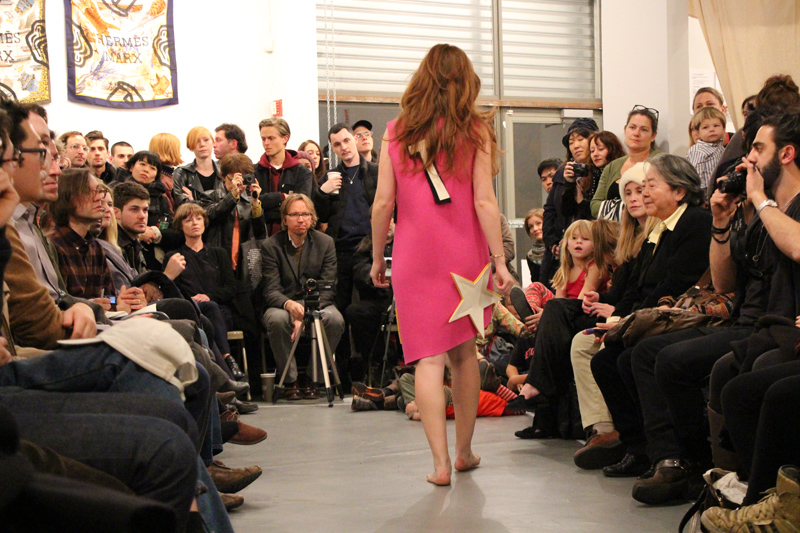 http://news.artnet.com/app/news-upload/2018/06/comme.star_0650s-300x200.jpg 300w, http://news.artnet.com/app/news-upload/2018/06/comme.star_0650s-50x33.jpg 50w" sizes="(max-width: 800px) 100vw, 800px">
http://news.artnet.com/app/news-upload/2018/06/comme.star_0650s-300x200.jpg 300w, http://news.artnet.com/app/news-upload/2018/06/comme.star_0650s-50x33.jpg 50w" sizes="(max-width: 800px) 100vw, 800px">Rainer Ganahl’s “Comme des Marxists” at White Columns, 2013. Courtesy of the artist.
To produce the clothes, Ganahl worked with the local Marini Industrie SpA group, which manufactures for luxury brands including Gucci. He also retrofitted his logo onto clothes purchased directly off the backs of migrant workers in the neighborhood. He named the project Please, Teach Me Chinese, Please, Teach Me Italian. Marx a Prato, Gucci a Prato (Marx in Prato, Gucci in Prato).
The performance will take place along a stretch of active factories connected to the so-called “Piazza dell’Immaginario” (Imaginary Square), an old supermarket parking lot that has been reclaimed by the local photography company Dryphoto Arte Contemporanea in response to the dearth of public space in the area.
The event is part of a wider street festival that 1,500 people are expected to attend—in itself a significant feat for a neighborhood that has historically been ignored by city initiatives. “My performance is now just a part of the event, which is already an accomplishment,” Ganahl told artnet News. “So far the only people who really knew [the Chinese community] were the tax collectors and the police, basically.”
Ganahl will collaborate with the local dance collective Kinkaleri as well as Chinese performers, and has encouraged the participation of local Chinese groups to sell traditional clothing and play Chinese music at the event. He hopes that spectators communicate with one another and are encouraged to share phrases in their native languages.
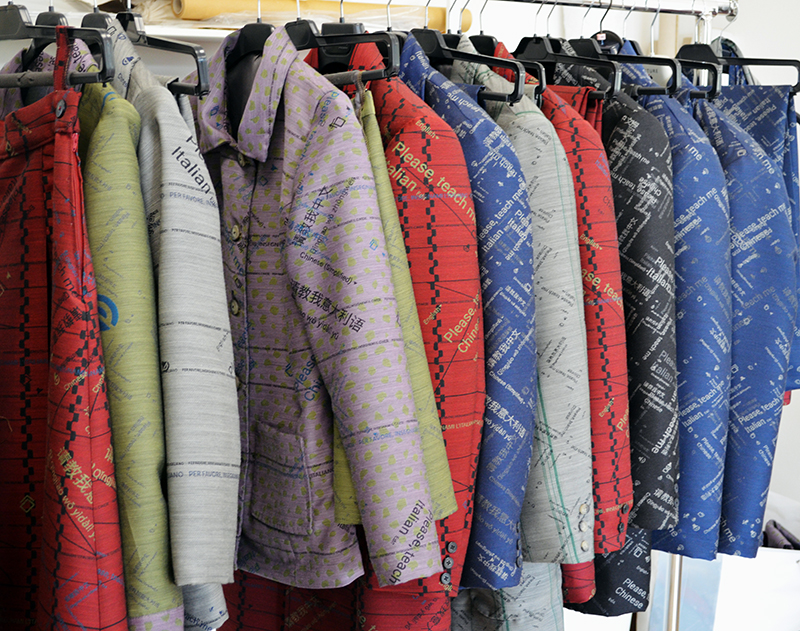 http://news.artnet.com/app/news-upload/2018/06/prato_DSC9458s-300x237.jpg 300w, http://news.artnet.com/app/news-upload/2018/06/prato_DSC9458s-50x39.jpg 50w" sizes="(max-width: 800px) 100vw, 800px">
http://news.artnet.com/app/news-upload/2018/06/prato_DSC9458s-300x237.jpg 300w, http://news.artnet.com/app/news-upload/2018/06/prato_DSC9458s-50x39.jpg 50w" sizes="(max-width: 800px) 100vw, 800px">Rainer Ganahl’s designs for Please, Teach Me Chinese, Please, Teach Me Italian. Marx a Prato, Gucci a Prato. Courtesy of the artist.
Ganahl, who has shown several times in the Venice Biennale, is not the only high-profile artist getting involved. Earlier this month Yoko Ono installed billboards marked with the word “DREAM,” and her signature, throughout the Macrolotto Zero neighborhood, with the hope of prompting residents to imagine their desires and, ideally, leading to their materialization. The project is part of Ono’s larger “In a word” series, which she launched after winning the Golden Lion at the Venice Biennale in 2009. The billboards will remain in place until December.
The wider effects of Prato’s ambitious art initiative have yet to be seen, but officials say that the engagement with the Chinese community has already been a meaningful step.
“It was not so easy to get in touch with the property of the houses that are hosting Yoko Ono’s Dream project; it was not so easy to get in touch with Chinese companies,” culture councillor Mangani told rtnet News, adding that the city encountered similar hurdles in engaging the area’s Italian population. That said, Mangani says the city would readily try a similar project in the future. In fact, its already made Prato’s Soccorso neighborhood, a diverse area near the city center, its next target.
The post ‘Art Can Be as Effective as Surveillance Cameras’: Why an Italian High-Fashion Capital Is Commissioning Artists to Relieve Racial Tensions appeared first on artnet News.

ایده ها برای استارت آپ موجب رونق کسب و کارهای اینترنتی
آینده / استارت آپ

استارتآپها ادبیات بازار سرمایه را بلدند؟
استارت آپ

صدور تاییدیه دانش بنیانی شتابدهنده صدر فردا
اخبار / استارت آپ
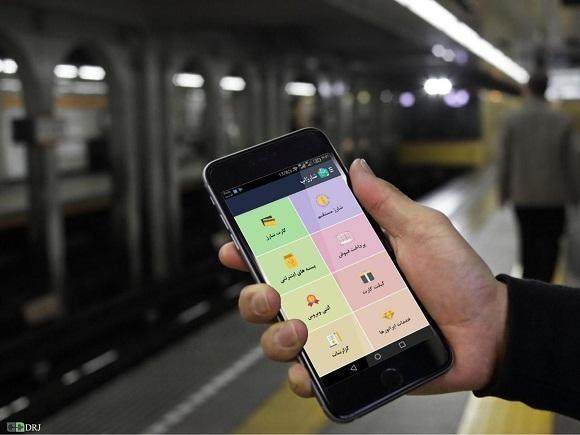
اپلیکیشن شارژاپ
گوناگون / استارت آپ / رپرتاژ آگهی / بازتاب

جذابترین ایدههای B2B در سال 2020
استارت آپ

تعریف استارت آپ startup
دانشنامه / استارت آپ / مقاله

۱۰ استارتاپ که بدون سرمایه به سوددهی رسیدند
استارت آپ

ایده ها و پیشنهاد برای استارت آپ در سال جدید
راهکارها و ترفند ها / استارت آپ
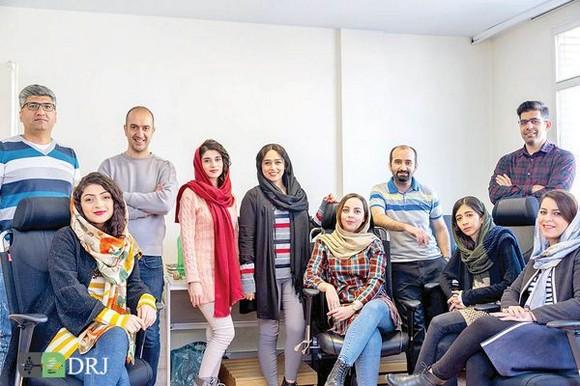
استارتآپ ایرانی؛ مرجع اول زنان افغان
استارت آپ

شروع یک کسب و کار نوپا پلتفرمی
استارت آپ

برنامه شبکه اجتماعی تیندر
گوناگون / معرفی وب سایت / استارت آپ

10 استارت آپ برتر تاکسیرانی جهان
استارت آپ

پخت پیتزاهای هیجان انگیز با هوش مصنوعی
آینده / استارت آپ

ایده های استارتاپی فراموش شده
دورنما / بازار / استارت آپ

اپل، استارتاپ فناوری خودران Drive.ai را تصاحب کرد
استارت آپ

بررسی مهمترین چالشهای تیمهای استارتاپی
استارت آپ

نگرانی کاربران از هزینه تعمیر و تامین قطعات
گفت و گو / بازار / استارت آپ

مصاحبه با مدیرعامل و بنیانگذار استارتاپ Moz
گفت و گو / استارت آپ

آشنایی با استارت آپ های حوزه مدیریت آب
استارت آپ

راه اندازی ۷۰ استارت آپ توسط نخبگان ایرانی
استارت آپ

معرفی هشت استارتآپ موفق ایرانی در حوزه فینتک
استارت آپ

اولین مرورگر شرعی دنیا
استارت آپ
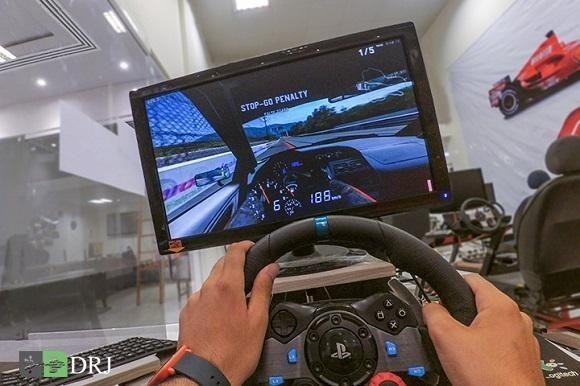
از صفر تا پیست
استارت آپ

معرفی برترین استارتاپهای CES 2019
اخبار / استارت آپ

ازدواج با فرد ثروتمند یا خوش اخلاق
سبک زندگی / برترین ها

هدف از تشکیل خانواده چیست
سبک زندگی

اول عاشق شویم، بعد ازدواج کنیم
سبک زندگی

خانواده چیست
سبک زندگی

مشاوره خانواده چیست؟
سبک زندگی

اولویتهای پسانداز خانواده چیست؟
سبک زندگی

هزینه های خانواده چیست؟
سبک زندگی

راهکار بیشتر حرف زدن اعضای خانواده چیست؟
سبک زندگی

چرخه زندگی و خانواده چیست؟
سبک زندگی

اهداف و اصول تشکیل خانواده
سبک زندگی

آموزش جنسی نادرست به سبک خانم جلسه ای
سبک زندگی
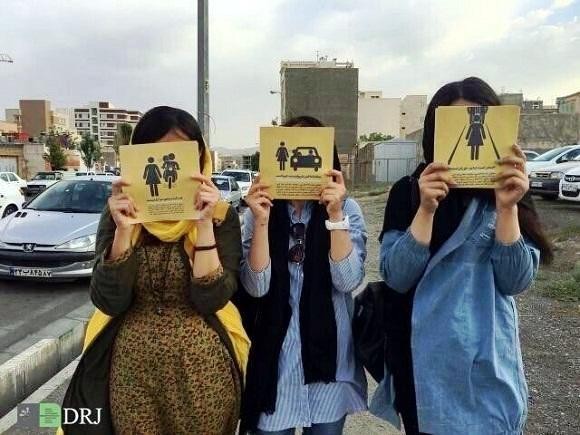
لطفا تماشاچی آزار زنان نباشید!
سبک زندگی

کودک آزاری؛ از نشانهها و دلایل تا درمان
گزارش / سبک زندگی / پرورش کودکان

روش های تعیین هدف و مسیر زندگی برای رسیدن به موفقیت
سبک زندگی
مجله اینترنتی دیپروتد نشریه مجازی بر بستر اینترنت به مسائل آموزشی و مقالات پیرامون کسب وکار های نوپا یا استارت آپ ها و سبک زندگی است فعالیت و محتوای مطالب ارائه شده در سایت همه بیشتر در حوزه مدیریت، کارآفرینی ، روانشناسی ،اقتصادی و فناوری اطلاعات است نام اصلی دیپروتد "ریشه های عمیق " با مجوز رسمی از هیات نظارت برمطبوعات مشغول به فعالیت است
ما را در شبکه های اجتماعی دنبال کنید
تمامی حقوق برای سایت فوق محفوط است.
S-TECH: ایرانی توانمند | Powered by: مجله اینترنتی دیپروتد
